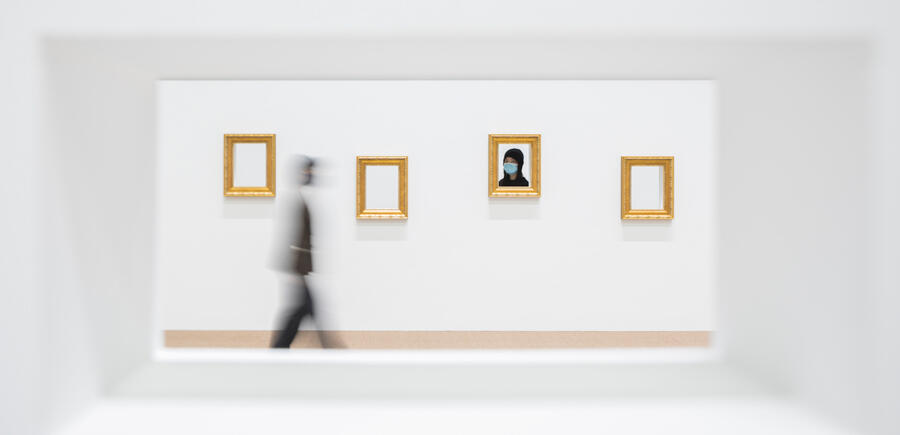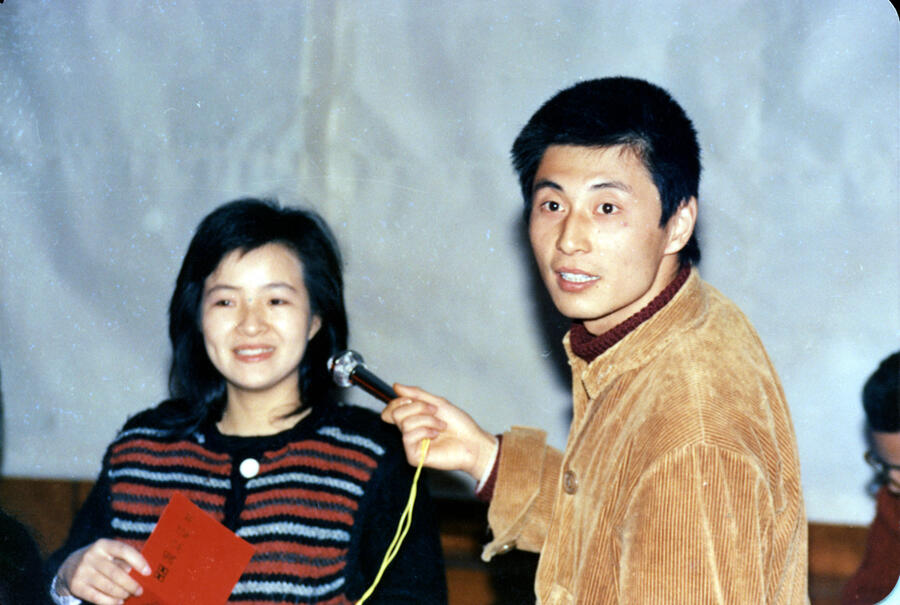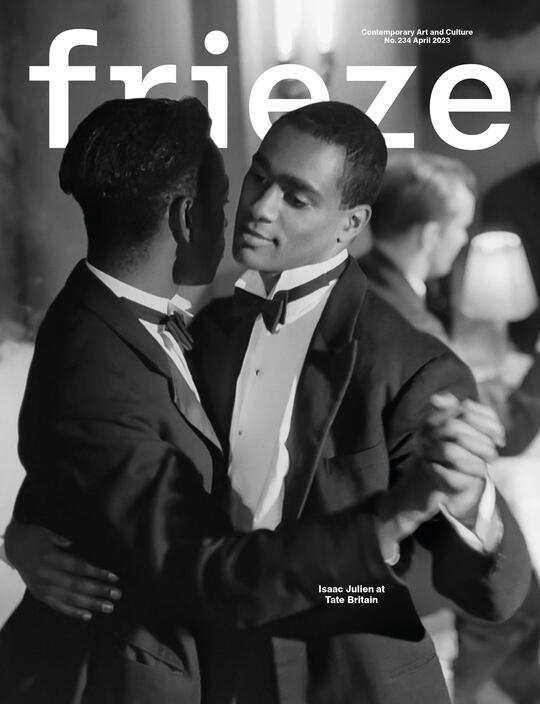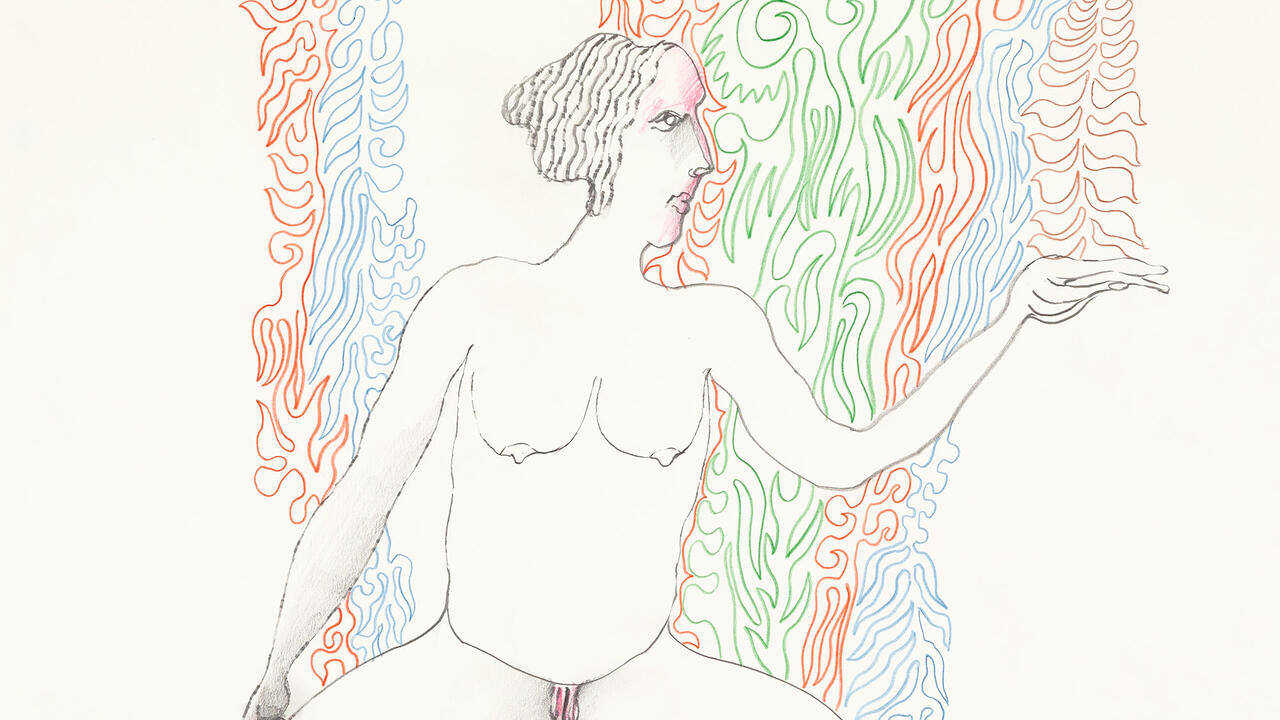Geng Jianyi Reveals How Conservative We’ve Become
A retrospective sheds light on the ’85 New Wave movement and the shaping of art between the conservatism of past and present
A retrospective sheds light on the ’85 New Wave movement and the shaping of art between the conservatism of past and present

Five years since his death at age 55, Geng Jianyi, one of China’s most important contemporary conceptual artists, is the subject of a comprehensive retrospective at Power Station of Art, Shanghai. ‘Who is He?’, curated by Karen Smith and Yang Zhenzhong, scrutinizes the evolution of Geng’s practice from the advent of the nation’s ’85 New Wave movement. More than merely a solo retrospective, however, the show also serves as an archival record of the movement itself and how it moulded Chinese contemporary art between two conservative eras: pre–1985 and post–2014. ‘Who is He?’ reflects the journey of avant-garde art in China, and how it confronted and continues to intervene in conventional art forms, traditional values, orthodox techniques, concepts, philosophies and still-prevalent censorship.

The ’85 New Wave, an era of flux after the Cultural Revolution of 1966–76, could be regarded as a late response to the international fluxus movement of the 1960s, with the influence of pioneers like Joseph Beuys and George Brecht particularly pronounced. In Tap Water Factory (1987/2022), for instance, Geng created a two-way labyrinth, into the walls of which he introduced rectangular cut outs. When visitors peep through these ‘windows’, they become the unwitting subjects of portraits visible on the other side. A reference to the endless loop whereby filtered water is piped into people’s homes and returned as grey water only to be refiltered, inversions are a recurrent subject for Geng during this period: entrance becomes exit; viewer becomes subject; the audience completes the work of the artist. In this 2022 version – the project was never realized as more than a model during the artist’s lifetime – the curators added another viewer: several surveillance cameras monitor the installation from above, transmitting live footage to the gallery’s fifth floor as a four-channel video installation, next to a maquette of the labyrinth (Model of Tap Water Factory, 2022).

Geng adopted a similar approach in Forms and Certificates (1988): framed responses to a questionnaire about hobbies and lifestyles that the artist sent to friends, students, curators and fellow artists without informing them that their answers would be included in the seminal ‘China/Avant-Garde’ exhibition in 1989 at the National Art Gallery in Beijing. Altogether, their responses reflect an era of evolution and confusion. In Useless (2004), the work that hews most closely to the tenets of fluxus, Geng collected his friends’ discarded everyday items – an electric fan, a jacket, a lamp, a military bed, a belt and keys – and created an assemblage that, by refusing to represent the life of a single subject, invested the objects with new meaning and allowed his audience to come to their own conclusions regarding its significance or lack thereof.

To the conservative Chinese audiences of the 1980s, still accustomed to Soviet-inflected realism, such avant-garde work was seen as inaccessible. For instance, Geng’s oil painting Two People under a Light (1985) – a semi-abstract portrait of two, blank-faced subjects caught in the glare of stark, Edward Hopper-esque lighting – was criticised in an 1985 article in Meishu art magazine for its ‘cold’ and ‘indifferent’ atmosphere: an accusation that now seems ludicrous. Despite their poor initial reception, however, it was works such as these that opened the door to conceptual art for peers and future generations.

Beyond providing a splendid overview of Geng’s career as an individual artist, ‘Who is He?’ also vividly summons the memory of a brief yet seminal era in Chinese cultural history. The contrast between what artists like Geng were able to accomplish in such a short space of time and how restricted we are now in terms of our everyday conversations can be felt all-too-keenly.
‘Geng Jianyi: Who is He?’ is on view at Power Station of Art, Shanghai, until 12 February.
Main image: Geng Jianyi, Cleaning a Room That Has Nothing to Do with Me, 1988, performance, black and white photographs
























